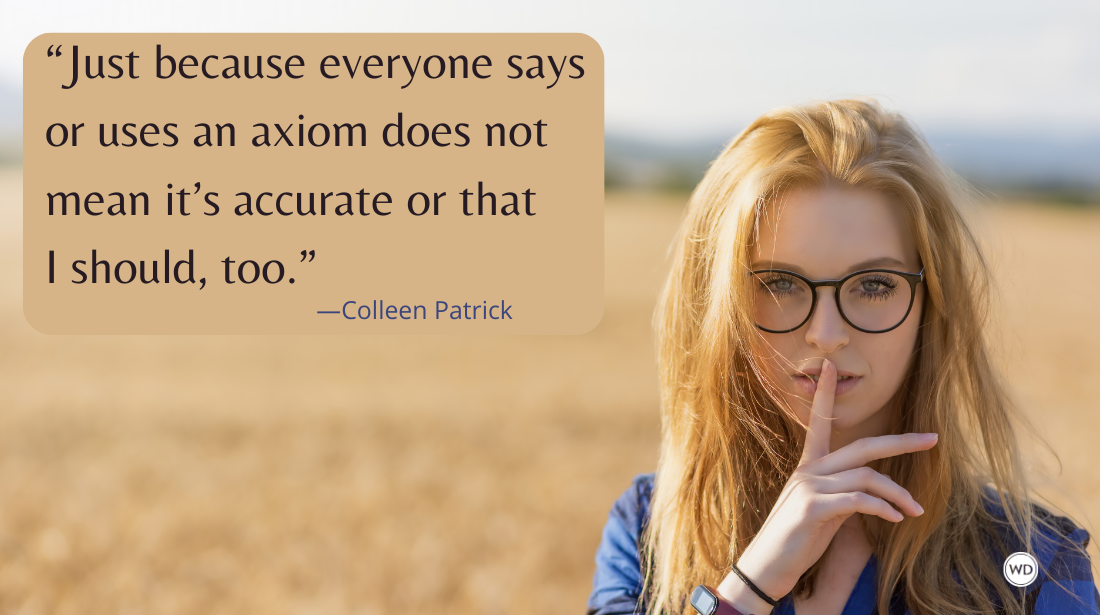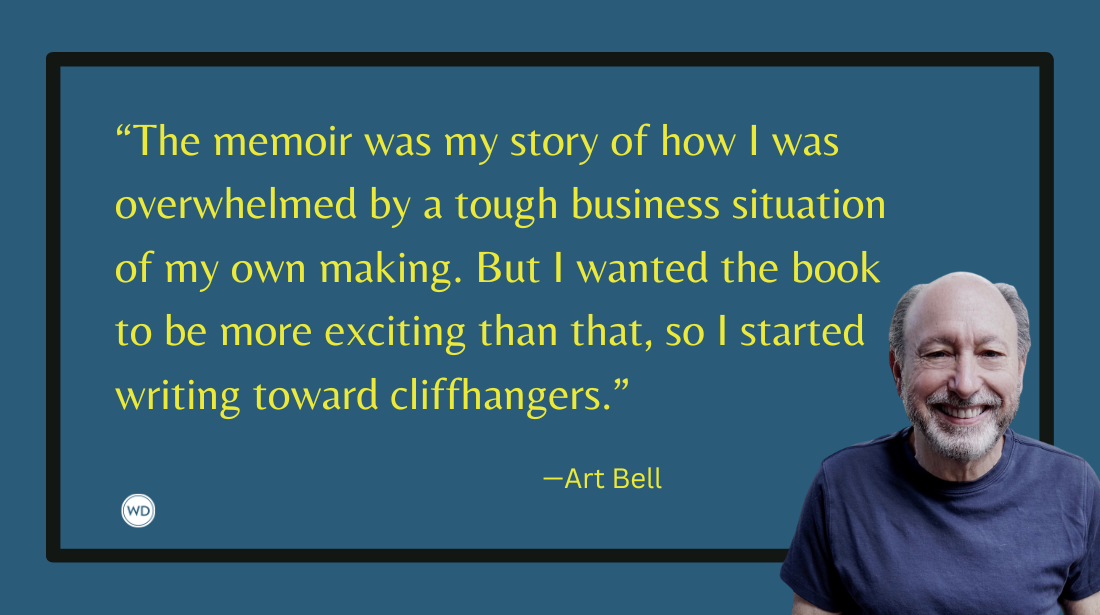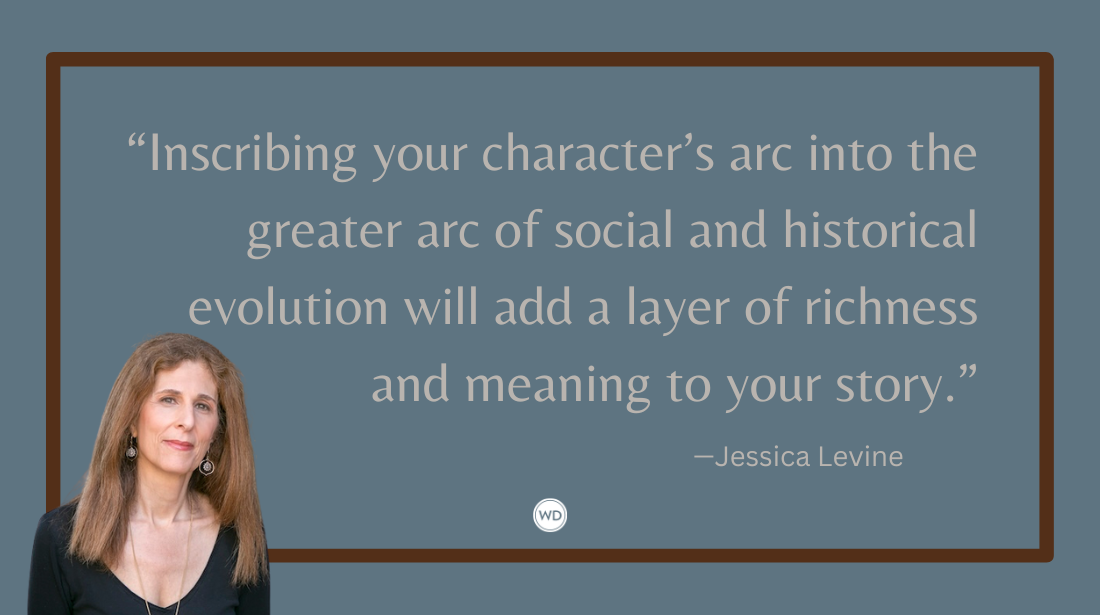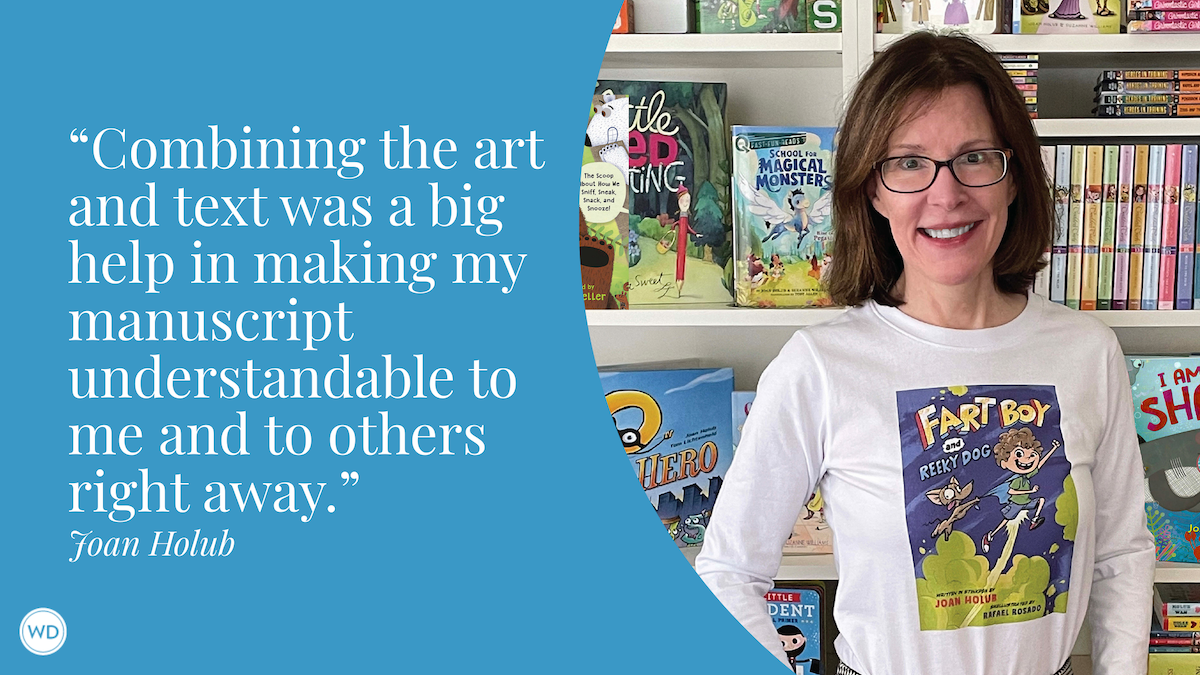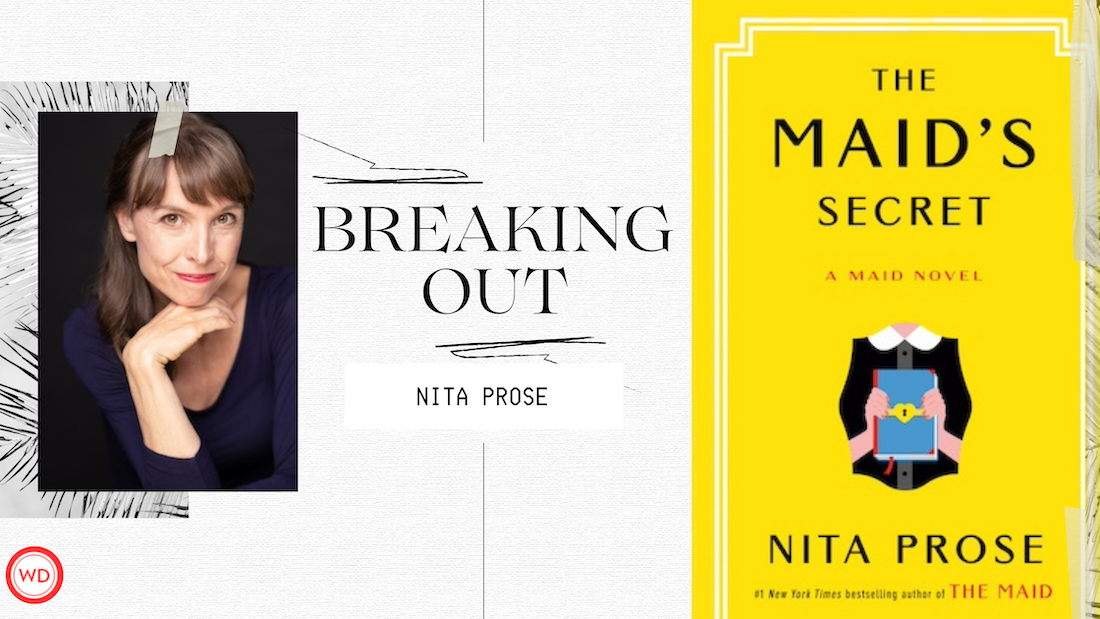When Flaws Go Too Far: Avoiding Unlikeable Characters
Here are a few tips to make sure you don’t go overboard with negative personality traits.
It seems today’s fiction is dominated by tough and often jaded characters bruised by life’s hardships. Sarcastic and cynical, these flawed characters make choices efficiently without letting emotion get in the way. They’re tough, with steel in their bones, ready to handle whatever is thrown at them. And readers line up to devour their stories.
What makes this “rough around the edges” character type so compelling? A sense of control, even in chaos. Heroes who can handle pressure and persevere give readers hope (and maybe make them feel a bit better about their own world compared to what the character is facing.) But like all things, it’s easy to go too far.
*********************************************************************************************************************************
This guest post is by ANGELA ACKERMAN, a writing coach and co-author of the bestselling writing resource, The Emotion Thesaurus: A Writer’s Guide To Character Expression, as well as the newly released Positive Trait Thesaurus: A Writer’s Guide To Character Attributes and its darker cousin, The Negative Trait Thesaurus: A Writer’s Guide to Character Flaws. You can find her on Twitter, Facebook and at Writers Helping Writers (formerly The Bookshelf Muse).
*********************************************************************************************************************************
To be credible, characters must have flaws as well as strengths, just like real people. There is a tipping point for flaws, however. A bit too much snark or insensitive internal narrative and the character slips into unlikeable territory. Too much surliness, negativity, secretiveness or an overblown reaction and the reader will disconnect, frustrated by character’s narrow range. Like a joke taken too far, it’s hard to claw an audience back once this happens, so it’s best to stay away from the likeable/unlikable line. Because of the semi-antagonistic nature of anti-heroes, this is something to be especially watchful of when writing them. Here are a few tips to make sure you don’t go overboard with negative personality traits.
Show A Glimmer: no matter how impatient, uptight, angsty or spoiled your character is, hint to the reader that there’s more beneath the surface. A small action or internal observation can show the character in a positive light and should happen in the first scene (frequently referred to as a Save The Cat moment.) It can be a positive quality, like a great sense of humor, or a simple act that shows something redeeming about the character. Imagine a man yelling at the old ladies crowding the hallway outside his apartment door as they pick up their friend Mabel for bingo, and then seeing him swear and fume at the chuggy elevator for making him late. Not the nicest guy, is he? But when Mr. Suit and Tie gets to his car outside, he stops to dig out a Ziploc bag of cat food and carefully roll down the edges into a makeshift bowl. What? Here the guy seemed like an impatient jerk, but we discover part of his morning routine is to feed the local stray cat! Maybe he isn’t so bad after all. (Talk about a literal interpretation of “saving the cat.”)
Use POV Narrative for Insight: characters are flawed for a reason, namely negative past experiences (wounds) which create flaws as an “emotional countermeasure.” Imagine a hero who stutters, and he was teased about it growing up. Even his parents encouraged him to “be seen and not heard” when they hosted parties and special events. Because of the emotional trauma (shame and anger) at being treated badly, he’s now uncommunicative and unfriendly as an adult. This type of back story can be dribbled into narrative with extreme care, as long as it’s active, has bearing on the current action, and is brief as to not slow the pace.
Create Big Obstacles: the goal is to create empathy with readers as soon as possible, and one of the ways to do that is to show what the character is up against. If the hero has a rough road ahead, the reader makes allowances for his behavior, as long as he doesn’t wallow in gloom and doom. It isn’t hardship that creates empathy...it’s how a character behaves despite that hardship, giving us a window into who he really is.
Form a Balance: All characters should have a mix of positive traits (attributes) and negative traits (flaws) in their personality. You might need those negative qualities to create conflict through poor judgment, mistakes, and relationship friction, but ultimately his positive attributes must rise up to lead him to his goal. Think carefully about what unique qualities will make your character balanced, likable, and compelling.
Of Special Concern: Villains
It’s easy to get caught up in giving flaws to the antagonist because writers want a villain the reader will dislike, but caution is still needed. Hopelessly flawed antagonists make shallow characters and unworthy opponents. Take care to balance your villain by assigning him key strengths (intelligence, meticulousness, dedication, and discipline, for example) to make him even more formidable, forcing your hero to work even harder to win.
If you’d like some help when it comes to choosing the right flaws for each character, try: Make Your Hero Complex by Choosing The Right Flaws.
Thanks for visiting The Writer's Dig blog. For more great writing advice, click here.
*********************************************************************************************************************************
Brian A. Klems is the online editor of Writer's Digest and author of the popular gift bookOh Boy, You're Having a Girl: A Dad's Survival Guide to Raising Daughters.
Follow Brian on Twitter: @BrianKlems
Sign up for Brian's free Writer's Digest eNewsletter: WD Newsletter



